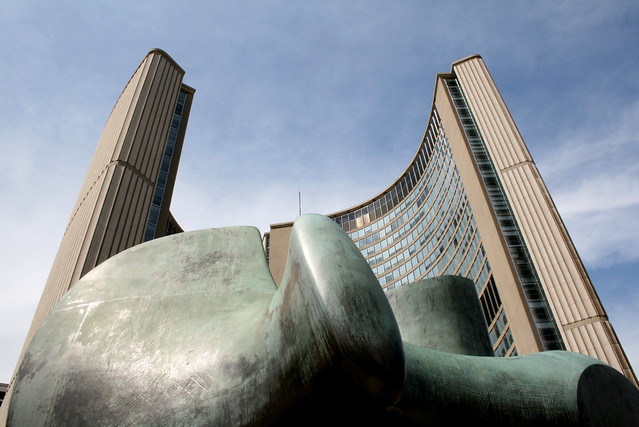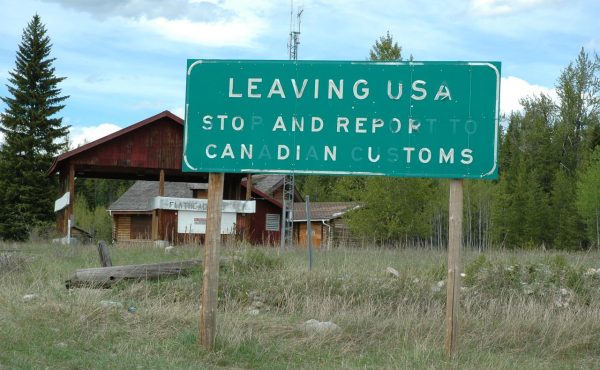

Regardless of who’s in charge, the City’s budget launch is almost always an exercise in political performance art and yesterday’s fringe fest’ was no exception.
Casting himself, a bit unexpectedly, as a kind of fiscal Moses wandering in Toronto’s wasteful wilderness, Mayor Rob Ford began the day with an odd soliloquy about how he’d spent the past 40 days and 40 nights trimming and tucking and cutting, guided on his mission by the upraised voices of Toronto’s over-taxed voters.
Moments later, he re-appeared (enter stage right) as Machiavelli’s Cesar Borgia, threatening to leave the severed heads of his bureaucratic adversaries (i.e., Chief Bill Blair and TTC general manager Gary Webster) in the town square as a warning to those who would choose to defy him. “If they’re unable to manage effectively,” Ford intoned, “we will have to find new managers who can.”
At the risk of beating this image to death, the mayor may also have cast himself against type with one key element in an otherwise drama-free budget.
Everyone, of course, now knows the vehicle registration tax was Ford’s version of island airport bridge — a $64 million symbol of his resolve, easily dispensed with thanks to an offsetting $58 million in TTC fare revenue last year.
But from my reading of Ford’s balancing act, I suspect he won’t be in a hurry to kill off its evil twin sister, the municipal land transfer tax (MLTT), any time soon.
In yesterday’s presentations [PDF], City officials stressed they’d been able to close part of the $706 million revenue/expense gap with $123 million in revenues attributable to “economic growth.” That figure includes $76 million of unanticipated MLTT revenue for 2010. That tax, introduced in 2008 at the same time as the vehicle levy, will account for about 2%, or $220 million, of the City’s gross revenue, for 2011 — a $50 million increase from 2010. (The new billboard tax, mentioned nowhere in the budget documents, will add $8.8 million, up from $3.5 million for 2010.)
The MLTT, in fact, will become the largest single source of non-program revenue for the city for 2011. In other words, one of the dreaded David Miller-era taxes is going to do the heavy political lifting for a mayor who desperately wants to freeze taxes to show he’s got the cojones to rein in spending. As it happens, that $50 million is approximately equal to a 2.5% increase in property taxes. Ain’t life funny?
Ford, lest we forget, pledged to axe the MLTT, and did so with little ambiguity: “This [tax] punishes people and families who live in Toronto and makes the city less affordable for many people,” according to his campaign platform. “This tax is driving business, families, and people away from Toronto. Rob Ford will move to abolish the Land Transfer Tax in his first year as Mayor.”
The mayor, evidently, is not going to take this step in his first budget. And maybe he never will, given that his officials appear to be increasing the City’s near-term reliance on the MLTT. Like the GST was for a generation of federal politicians, the land transfer tax, I predict, will be with us for years to come, offering numerical proof that Toronto really does need revenue streams that grow with the economy.




One comment
Oops, cajones means “drawers”. Cojones means balls. Hee hee.